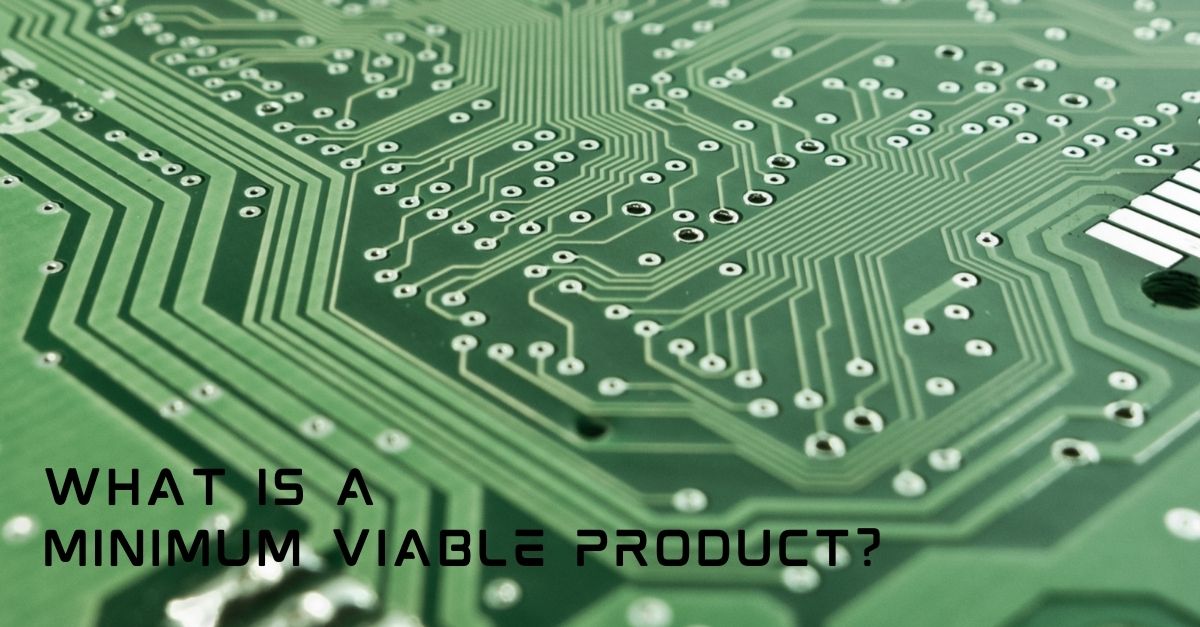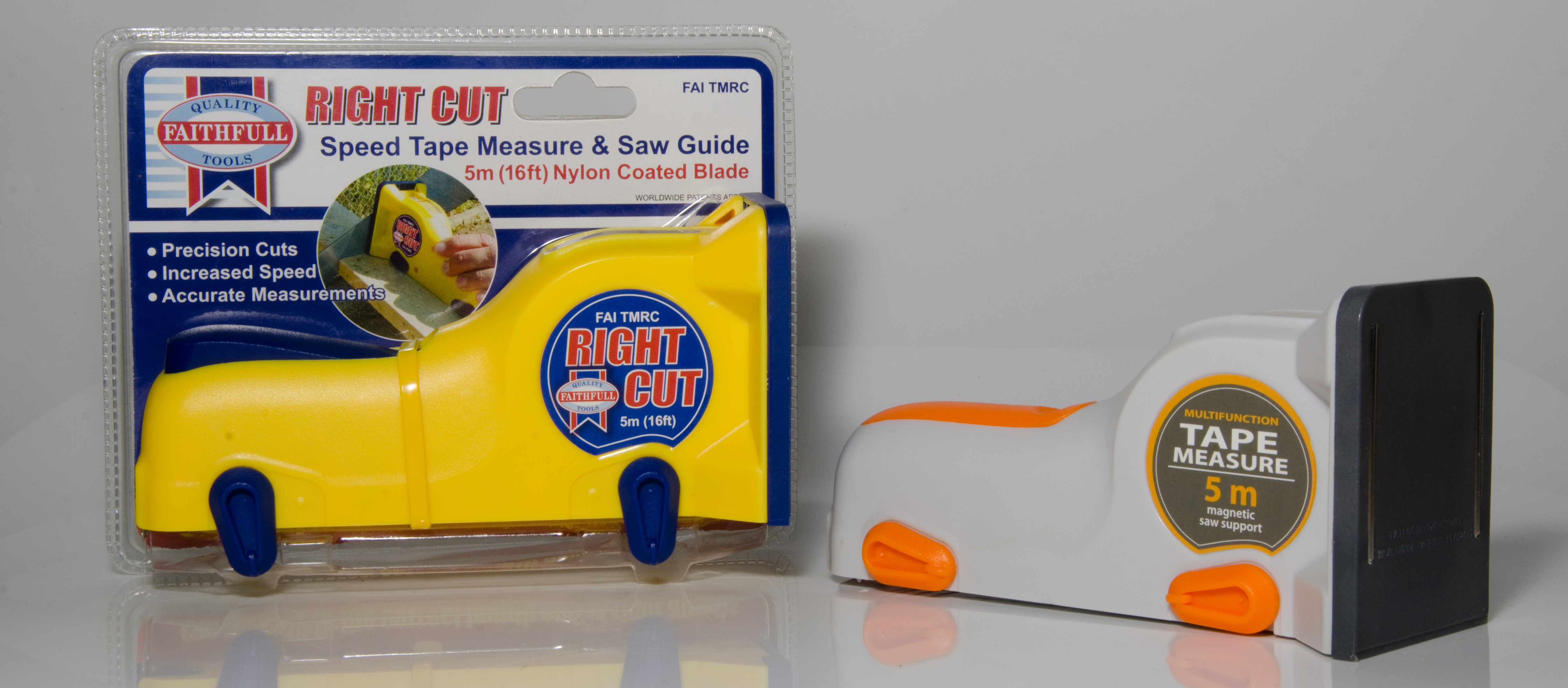Call Us: 01702 292984 Email Us: info@cube3productdesign.co.uk

Well that's the end of another busy year at Cube3. It's been an eventful 12 months working with our clients old and new on project large and small. We are really happy to have been involved with so many great projects and worked with so many great people this year.
We'd like to thank you all for your support and we look forward to a great 2017 working with you all again.

In a study of more than 100 start-ups, a technology venture capital organisation found that the number one cause of start-up failure was "no market need.” Nearly half of these start-ups spent years building a product before they found out that they were wrong in their most central assumption: that anyone was actually interested in that product in the first place!
What they should have done was adopt a minimum viable product approach. "What is a minimum viable product” I hear you ask! Read on….
Traditionally, products are conceived and developed behind closed doors, based on research and a lot of assumptions about what the target audience want. This typically takes a long time and a lot of money to get to a production ready product. What happens if the product you develop is not what your customers want? You’ve spent time and money developing what you believe to be the next big thing and no one’s interested! Maybe the target audience has changed in the two years you took developing it. Maybe your research was not good enough and you’ve been developing something that no one ever wanted. Maybe you’re close with the product you’ve developed but something is not quite right and it just doesn’t gel with your customers.
Failure can be avoided by adopting a Minimum Viable Product (MVP) approach. It’s not right for every development but can be very effective when implemented on the right project.
The start of your project will look the same as the traditional approach. You’ll look at the market, the target users and the competition. You’ll develop a product brief and ideate concept designs to fulfil the needs. The big difference with the MVP approach is that you identify the core feature(s) of the new product and aim to develop a simplified version of your product as quickly and cost effectively as possible and get feedback on it from your target audience. The idea is to maximise the amount of validated learning for the lowest investment in the fewest steps. In its simplest form, a physical MVP is a short run of prototypes that you use for early trials with select customers.
For physical products, you may not have to develop a product at all initially. An explainer video showing how your new product works could be enough to get feedback. Perhaps it could just be a landing page for your new product on your website as this could give you early feedback on potential popularity. Many start-up’s use Crowd funding sites like Kickstarter to get their message across and to tweak their proposition to align with the feedback they receive. Some companies who develop products with bespoke integrated electronics onboard, concentrate on the core functionality of the device first and only consider adding other less important features to enhance the product once this has been perfected.
Most importantly it is about listening to the feedback that this early product, explainer video or landing page yields and to feed that back into the design to improve the final product and make it a class leading one.
That’s a very brief explanation of what an MVP is and why you should seriously consider it for your next product development. Why not contact a design consultancy today and talk to them about it.
.png)
"We can’t justify spending that much developing our new product! We need to do this on a much smaller budget and we need it in production by Friday!”
I bet you’ve heard that before or maybe it’s even you who’s been saying it!
So you want to develop a new product but you're just not sure how to go about it or how much to invest. If you engage with a design consultancy, how will you manage the process and will you get value for money?
Let’s try to understand the value that good design can bring to your company so that you can confidently move forward with your next development.
Let’s first talk about good design versus bad design. Good design comes from having a clear brief with realistic time schedules and a creative design team working to an adequate budget. The creative team work collaboratively with key staff to create intuitive, cost effective products that meet the needs of the company and their customers.
Bad design comes from having an unprepared and unclear brief with an unrealistic time schedule and an inadequate budget! The lack of direction from an unclear brief coupled with unrealistic goals and timescales results in poorly designed products! Companies often try to engage creative teams far too late in the process, believing they can partially design the product themselves and use a design team to fix the problems at the end. This simply doesn't work.
Good design can be measured by looking at how its correct implementation has positively affected other companies. We all know and understand the benefits of good design when we think about Apple products yet we often dismiss the positive effect that good design can have when we think about less complex products. Just think about how good your new product could be if you approach it in the same manner as companies like Apple!
Here’s some interesting facts from a study carried out by the Design Council.
Numerous other studies have been conducted that show companies that are design-driven (using design as a key strategic advantage) were founded to be stronger on all financial measures. Businesses recognise that good design can have a powerful impact on competitive advantage and profitability. It can differentiate products and services and enhance their value – while poor design can threaten the survival of an organisation. Good design enhances brand value and helps to reduce complexity and cost.
So it’s clear that engaging with good design can be beneficial to your company. You should be considering adopting design as a core element within your business and looking at good design as a sound investment in your company’s future. Now go and think about that next product and do it right. www.cube3productdesign.co.uk

I know what you’re thinking - it’s 2016 and you’re just starting a blog! What the hell have we been doing?
Well, we’ve been meaning to get a blog together for some time now but work commitments have meant it just kept getting put to the bottom of the pile. No excuse really but hopefully we’re here to stay.
The aim of our blog is threefold. Firstly we want to create informative content that will help you navigate through the design world a little easier. If you are buying design or thinking about buying design then I hope our content will be interesting and informative to you. We’ll be posting these blogs up on a regular basis so stay tuned.
Secondly we want to keep you up to date with the goings on at Cube3. This may be about cool events that we’ve attended, Cube3 products or services that are launched, changes to what or how we deliver to our clients, maybe even personal stuff that we’re proud of.
Finally, we’ll be commenting on the design world in general. This might be about cool new products on Kickstarter, design news, interesting tech advances and anything else that gets us excited about design.
We’d love to hear from you if you have ideas on what we can blog about so feel free to let us know what excites or confuses you. We’d love you to subscribe too if you like what you read.
Thank you.
‘StoreFloor’ is a revolutionary new product from LoftZone that allows homeowners to increase the thickness of their loft insulation and continue to store their prized possessions in the same loft space!
LoftZone chose to develop the ‘StoreFloor’ system with Essex based Product Design consultancy, Cube3.
Gary Rose, creative director at Cube3, said; "When LoftZone first approached us with their innovative idea, we were really excited. We could see the advantages of the system right away and really wanted to create a unique design that would be strong, cost effective and easy to install.”
The key innovation here is the versatility of installation. The ‘StoreFloor’ system is not only easy to install but crucially will fit in almost any loft. Roof truss or ceiling tie spacing varies tremendously, but the loft boarding panels are of a fixed size. The ‘StoreFloor’ system deals with this problem easily where previous solutions failed. We have used a lightweight beam component and a unique triangulated polymer support to allow a considerable variation in ceiling tie spacing without the need for the installer to cut the boards to size!
Gary Rose said, "It was important to create a system that would deal with this issue in a simple and cost effective manner. I believe together with LoftZone, we have created a great solution and a very successfully product.”
Dave Raval, chief executive of LoftZone, said; "These design innovations ensure the system is compatible with the vast majority of homeowner’s loft spaces and gives them the opportunity to increase their loft insulation to 270mm. This will improve their homes thermal efficiency without compromising their storage requirements.”
Simon Miller, Financial director at Cube3, said; "We are really pleased to have worked with LoftZone on the development of this product and look forward to working together on further successful projects. LoftZone have proved that true entrepreneurial spirit and British innovation are most certainly alive and kicking in the UK.”
Since its launch at Eco build 2012, the system has received incredible levels of interest and has led LoftZone to win the "Business of change 2012" award.

Some time ago we entered into a joint venture with a start-up IP company and developed a patented device for measuring and cutting wood accurately and squarely. This project was another ground up design from concept to manufacturing data. It is now manufactured in China under license and won hand tool of the year at two prestigious UK events in 2010. It is now distributed by Toolbank under the Faithfull brand, Clas Olhson as the Multifunction Tape measure and has a number of other brands very interested in the increasing sales volumes the product is currently making.
The product is being received very well, with users comments ranging from "How did I ever survive without this tool" to "Overall, first impressions are five-star"
With a vested interest in the product's success, we are looking forward to reaping the rewards for good design!